An institution in the States
Up until the mid-1980s, senior living – known in the UK as retirement living – was small-scale in the US. But the senior living rental model began to take over as nursing homes were rejected in favour of a privately paid, residential model with various services and amenities added on.
Sunrise Senior Living, which opened in the US in 1981 as a resident-centred environment, really pioneered a new approach to adult care. The institutional-like facilities and depressing feel of nursing homes were replaced by a new approach to senior living, with Sunrise founders Paul and Terry Klaassen credited with beginning a movement that championed quality of life for all seniors.
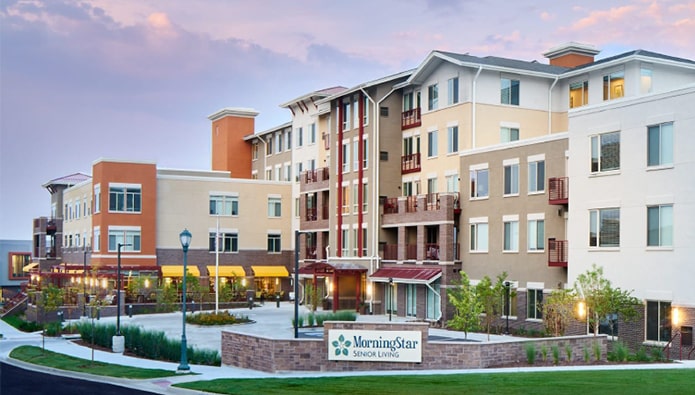
In the Noughties, the number of institutional investors and private equity firms investing in the senior living market in the US grew and throughout the 2010s it has moved from niche to mainstream. As the market has produced consistently strong returns, outstripping all other asset classes, more capital has been ploughed in.
With the median age of a senior living resident being mid-80s, future demand is going to be aided by an ageing population. The number of seniors (75+) in the US is expected to more than double from 21.2 million today to more than 42.5 million by 2040.
Senior living communities, which typically accommodate varying levels of care needs and lifestyle preferences, have been a major success in the US but are not without their issues.
Given what is on offer, and the prices at play, senior living clearly caters to the top 10% of earners, raising legitimate concerns about its affordability.
There are also worries about an oversaturation of the market and the dampening effect this could have on quality. According to Brian Sunday and Richard Brace from AEW US, the number of senior living operators is increasing, but slowly and with an undersupply of quality organisations.
Additionally, the biggest providers have a very large number of properties and units, with concerns that the personal care and attention at the heart of the senior living movement is lost by sheer volume.
Where else is senior living established?
Steven Bass, director and country manager for Japan at AEW, says the senior living market in the country is now well-established.
Japan has one of the largest demographics of elderly people of any nation, with 18 million people currently over-75, a number which is set to rise to 23 million by 2030.
In major cities, the number of over-75s is growing by 50%, while in Tokyo there are over one million people aged over-75. There is set to be 6.5 million new seniors from 2015 to 2030, with seniors expected to account for almost 20% of the population by 2030, up from 12% now.
The Japanese model differs from the US model, however, by being government-funded rather than private. While services are provided by private companies, it works as a government-funded insurance system making it more affordable to the general population. It emerged as an asset class after the implementation of national long-term care insurance (LTCI) in the early 2000s.
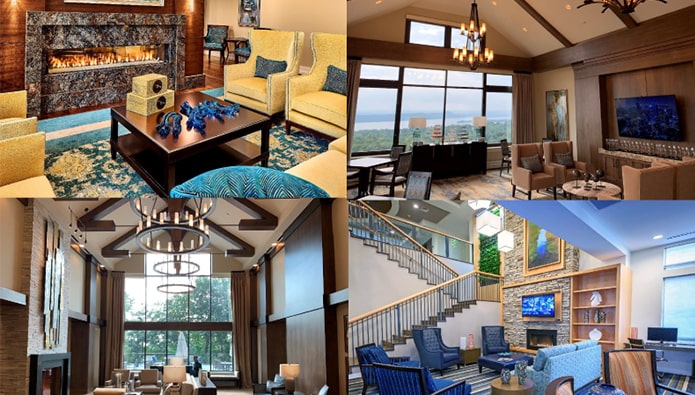
In Japan, demand is focused on assisted living, memory care, and nursing care, whereas independent living is an emerging product type. Currently, there are three health care real estate investment trusts (REITs) investing in the sector along with a number of residential and diversified REITs and private investors.
Demand is very much there, with some 800,000 new beds required by 2030 (or 50,000 beds per year).
Elsewhere, there is a young but growing demand for senior residences in Europe, especially in France. Stephane Sebban, a fund manager and executive director of AEW Europe, said demand for this sector is increasing as the ageing population grows.
In France, senior residences are non-medicated and non-assisted living, appealing instead to ‘independent and autonomous persons, generally from 75 to 84 years old’.
In 2015, there were around four million seniors aged 75 to 84 years old in France, but by 2040 this number is expected to roughly double in size. The French senior residences are typically found close to transport links and public amenities, with common areas, restaurants with a chef (a must in France, according to Sebban!) and activities.
There are plans to expand the French model to near neighbours like Belgium, Italy and Germany, with growing interest from institutional investors for this emerging asset class thanks to ‘strong underlying fundamentals’.
What about the UK market?
Retirement or senior living in the UK is highly niche at present, with the US market about ten times the size of the British one. But with a growing ageing population and big questions marks over how this demographic, with its varying medical needs and desires, can be catered for, there are those who believe the growing senior living market in the UK could be the answer.
Alex Short, portfolio manager at AEW UK, believes that renting in older age can bring significant benefits.
“The rental model can benefit seniors by providing a supportive and social, yet independent, environment,” she says. “It can offer a rich community with the provision of leisure facilities and activities, communal dining and care, while giving certainty on cost of care, and avoiding costs such as SDLT and event fees that are incurred when purchasing a senior living property.”
She adds: “The rental model incentivises the landlord to continually reinvest in the property to keep occupancy levels high.”
But she admits that it’s not without possible downsides, with the main potential risks of the senior living model to landlords being cost control, operator risk and reputational risk.
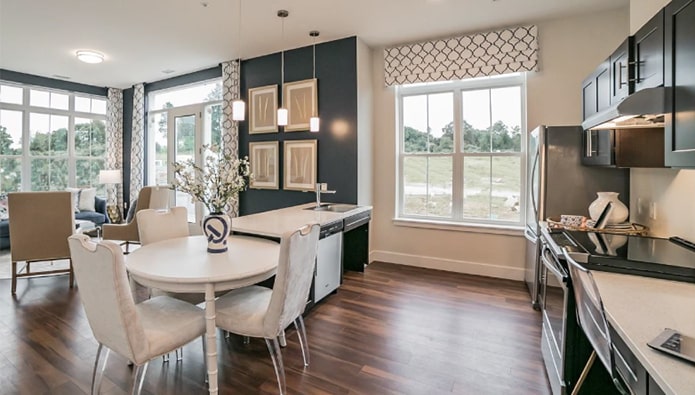
Does she believe the UK can replicate the US model and make rent-based senior living the future?
“The current composition of UK senior living accommodation lacks proper choice for the diverse population in the UK and the rental model will offer a much-needed alternative to the current status quo.”
When the panel is asked which model the UK is more likely to follow – government-funded like Japan or a private model like the US – they are pretty unanimous that it will be the US path.
The demand could certainly be there, with the UK’s over-75 population set for significant growth over the next 20 years. By 2038, there is expected to be 3.6 million over-75s in the UK, up from an 8% share of the population to 13%. Meanwhile, the number of seniors aged 85+ is expected to treble over the next 30 years to 4.4 million.
With fewer family members able to provide care, for whatever reason, there is a shortfall in senior care.
At present, however, the retirement living market is tiny compared to the US, with only 4.8% of the UK’s 80+ population residing in this type of community. To match the US, the UK would need to build 267,500 units.
Senior living in action
Honor Barratt, MD of Birchgrove, is doing her bit to grow the market, working to establish a portfolio of assisted living developments with ‘well-thought out facilities for rent’.
Birchgrove's first development, in Sidcup, Kent, is now open, while a further 100 apartments in Woking and Ewell (both Surrey) are under construction.

During a phone interview, Barratt tells us that there is a chronic under-provision of high-quality assisted living apartments in the UK, with many older people left out of the rental market even if this is desirable to them.
“Not every borough wants to help, which makes getting planning a real problem. We’ve faced a 52 week wait before now, like going through treacle.”
She says the money and land is there, but finding relevant sites is still difficult. The risk of reputational damage is also high. “There is the risk of Daily Mail-style headlines. You have to do it really well, cover all bases, and really love old people.”
Barratt adds that the market share could reach 6% if the American model is followed, but Brexit uncertainty and other variables aren’t helping.
Is it the future?
While there are compelling arguments for a senior living rental model in the UK – the success of the US and Japanese models, the demand from an ageing population, rising institutional interest, savings on stamp duty and inheritance tax, nicer environments than care homes – there are a number of barriers.
Affordability (senior living costs north of £2,000 a week in the UK) is one, reputational and operational risk is another, and perhaps the biggest barrier of all is a country that is institutionally wedded to home ownership.
But the investor appetite is there, not to mention the growth potential thanks to demographic trends and an increasing number of older people opting to rent rather than own, which means it could be the next Build to Rent or PBSA after all.



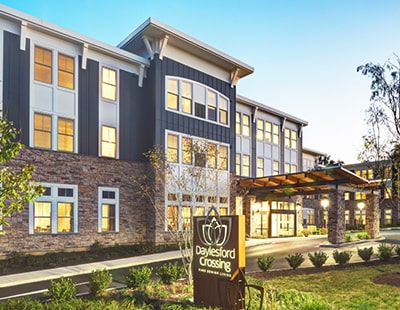




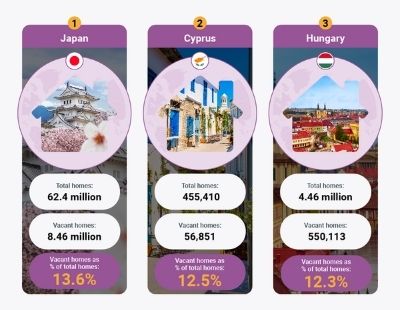




.png)










Join the conversation
Be the first to comment (please use the comment box below)
Please login to comment